Time processing
The availability of a high-resolution seismic image of the environment largely predetermines the efficiency of solving geological problems. The PetroTrace team applies the most advanced technologies and software from the world's leading companies as well as our own unique methods for processing 2D/3D/4D/4C seismic data. This allows us and our partners to effectively perform time and depth migration, structural interpretation and reservoir property prediction.
Data merging and regularization

Results after time processing in time migrated domain.

Results after depth processing in time migrated domain.
Processing with preservation of signal characteristics
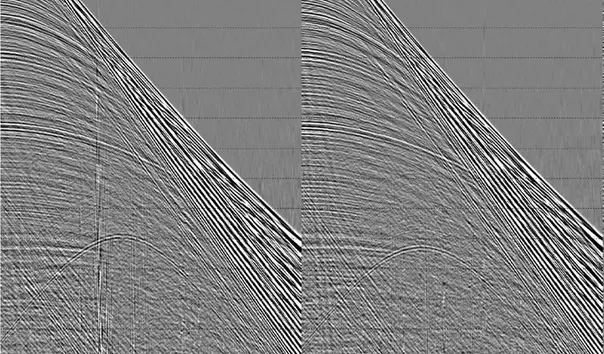
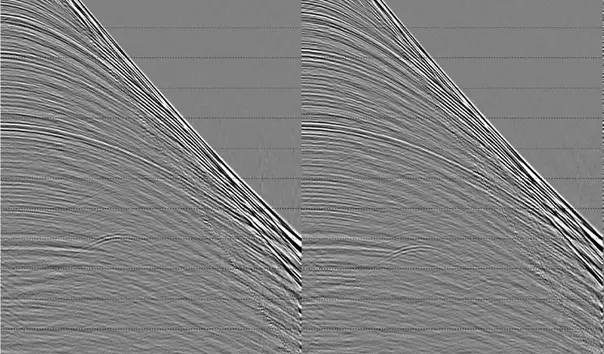
Results before and after suppression of linear noise and random noise.
Static corrections

Time section with elevation statics.

Time section after statics refinement.
Multiple waves suppression
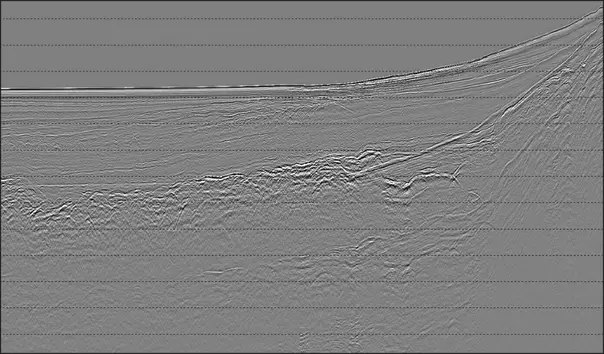
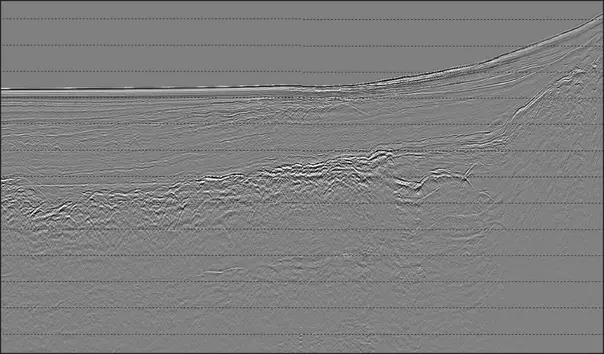
Results of multiple waves suppression with the WEMA procedure.
Processing of high-density observation data

Results of seismic data processing with the traditional registration system.

Results of data processing with a modern high-density registration system.
Processing of marine seismic data
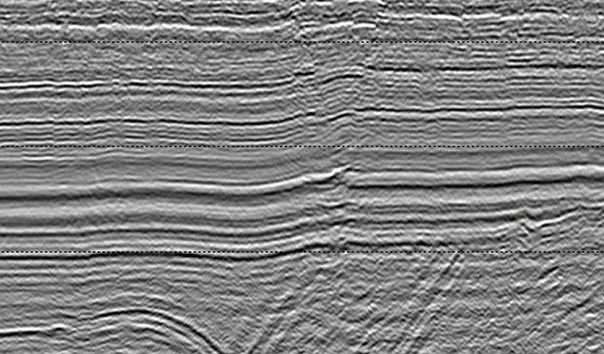
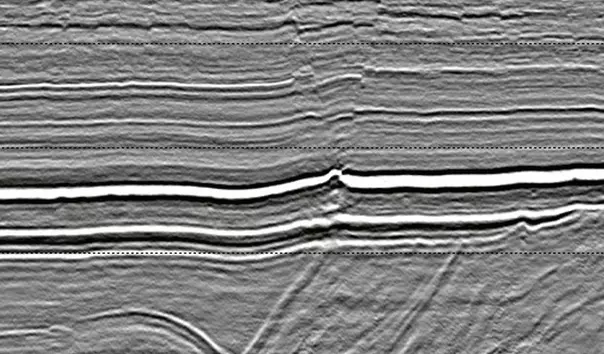
Results of old seismic data processing with the processing have been made by PetroTrace
4D processing

Image of 3D signal

Image of 4D signal
Vertical seismic profiling

VSP plots